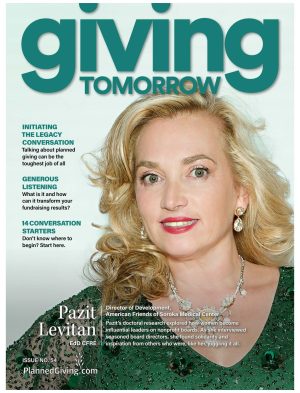Randomness Does Not Work In Any Aspect of Life
It is so easy to get caught up in the moment and become emotionally charged. When this happens, we do not look at what’s behind the scenes. We scream, protest, argue without thinking about the outcome of our thoughts and the ripple effect it can have.
Case in point: There was a bumper sticker created a number of years ago:
Practice Random Acts of Kindness
On the surface, it’s beautiful.
On the “inside” … a different story. I was thinking, why random? Success is a series of actions you take, consistently, turn them into habits, to reach a goal (comfy life, wealth, learning the piano, loving your spouse). Consistency is key here. So is kindness. You have to be consistently kind and make it a habit to be kind so that it permeates into a way of life and weaves in naturally to become part of your subconscious. So that it becomes an hourly routine.
Can you imagine practicing random acts of kindness with your children? You can randomly be nice and the rest of the time a bore, a mean jackass … fill in the blanks.
Random acts usually showcase an exterior. A façade. And often, because of the way someone presents themselves on stage, the nice way in which they communicate, how beautiful they look, we come to a kneejerk conclusion that they are a great person.
A good example is Bing Crosby. Don’t we just love him? He projected such a charming persona on stage. But at home, his kids say, he was a monster who doled out beatings regularly. So why the disconnect? Because we got wrapped up in the random acts of kindness he was performing for the public.
Are you the same on “stage” as you are to family and friends? Or are you in the “do as I say, not as I do” crowd?
Consistency is the Key to Success. Even Planned Giving.
Random Acts of Marketing
Your success depends on a comprehensive marketing plan carried out over many years.
Consistently.
A survey from the 2007 Gift Planner Profile indicated that only 25% of gift planners focus on gift planning full time. Today, that number is quite less. For the vast majority, gift planning marketing is just one of many other development responsibilities. Due to these time constraints, many charities commit “random acts of marketing.”
They might as well stop marketing completely.
They realize that it has been a while since they sent out a mailing on gift annuities, and drop everything just to get one out. Six months or a year later, they send another email or marketing piece on bequests. If there is a staff change, two or three years can pass between mailings.
This is marketing hell.
Unfortunately, the inconsistency of this effort (as well as it being gift-vehicle based rather than donor-centered) leads to low response rates and a conclusion that their marketing plan is not working.
THEN they blame their vendors.
Your gift planning marketing effort warrants a written plan. Base it upon the steps of the moves-management process – identification, education, cultivation, solicitation and stewardship. By assigning each marketing step to the moves-management process, you ensure that your marketing plan will identify the right audience, provide educational materials to them over time, move them through cultivation to solicitation, and lastly help to steward them for the next gift.
For a more detailed outline on how to create a written plan, see our 12-Month Planned Giving Marketing Plan.
Conclusion
Donor-centered gift planning is not more work; it’s simply a change in your approach. A mindset.
If you plan based upon a moves-management framework, select the right audience and send them messages focused on their goals and objectives, consistently, you will get a better response.
More importantly, you’ll have donors who are more engaged in your mission, more excited about the outcomes they can achieve, and more likely to spread the word to others, thereby creating even more gifts for your charity.






